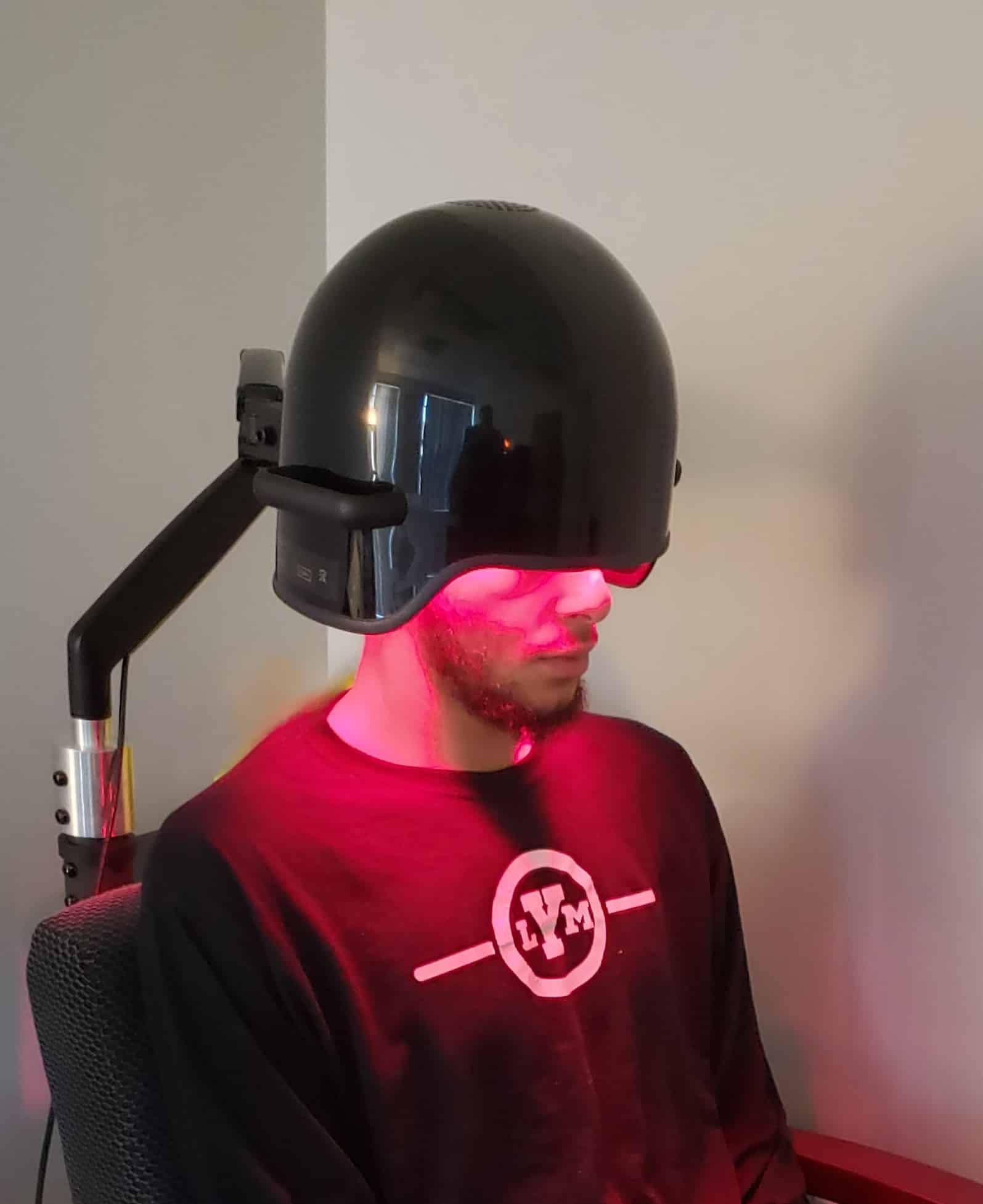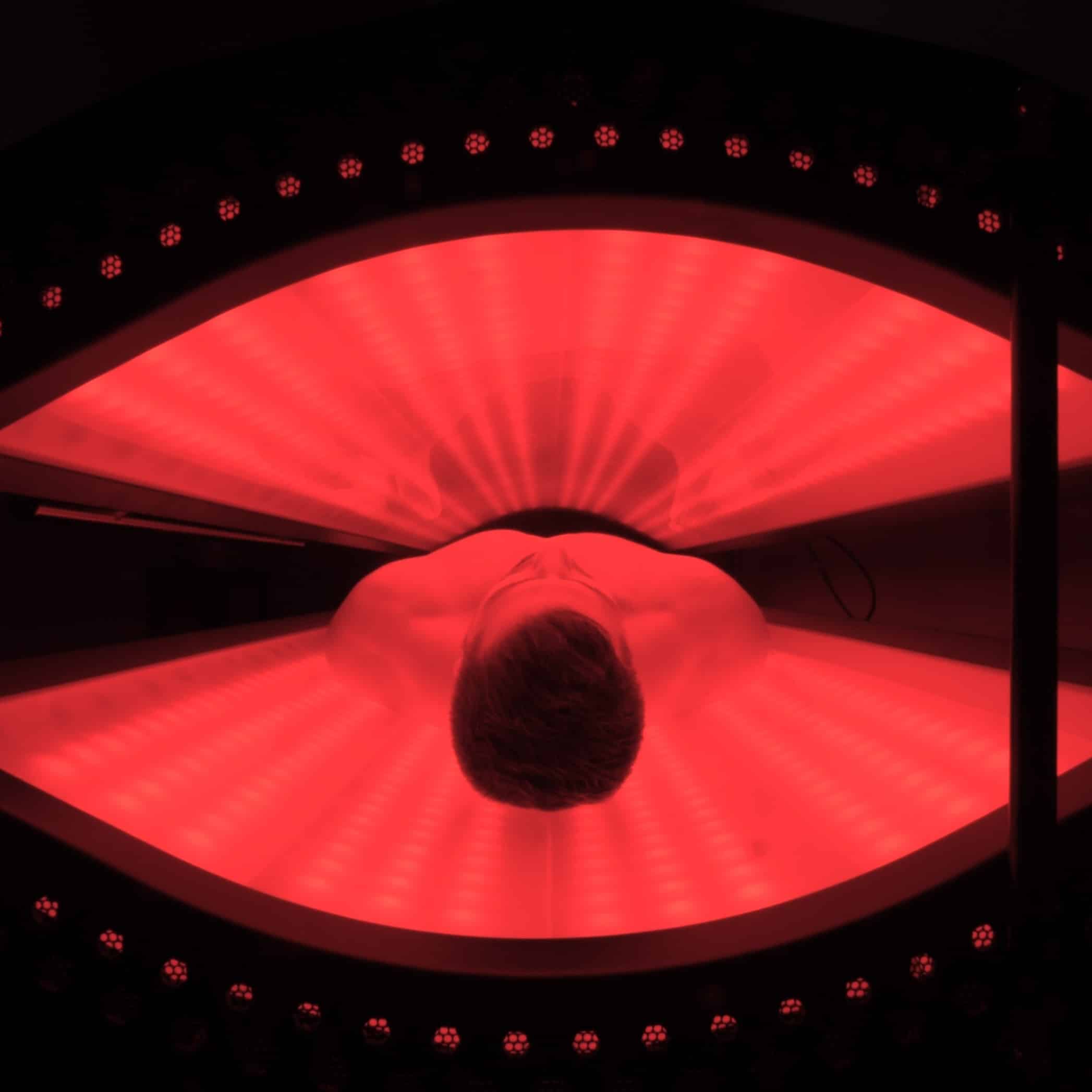Lighting the Way: How Photobiomodulation is Changing the Game for Athletes and Concussion Recovery
In the high-impact world of sports, injuries are an inevitable part of the game. While athletes are conditioned to handle the physical toll, concussions remain one of the most complex and concerning injuries. In recent years, a promising technology has emerged that could revolutionize recovery protocols– photobiomodulation (PBM). By using light to stimulate healing at the cellular level, PBM is quickly gaining attention in sports medicine as a non-invasive, drug-free treatment option for brain health and performance enhancement.
What is Photobiomodulation?
Photobiomodulation involves the use of red and near-infrared light (typically in the 600–1100 nm wavelength range) to stimulate biological processes in cells. When applied transcranially—through the skull to the brain—this light can enhance mitochondrial function, reduce inflammation, and promote tissue repair. In simpler terms: PBM helps injured or stressed cells recover faster and more efficiently.

Photobiomodulation has been shown to enhance Neuroplasticity, Neurogenesis and Neuroprotection.

Neuroplasticity: Refers to the brain’s remarkable ability to change and adapt throughout life. It involves the reorganization of neural pathways in response to learning, experience, or injury. This flexibility enables the brain to form new connections, strengthen existing ones, and even reassign functions to different areas following damage, supporting learning, memory, and recovery.
Neurogenesis: Process by which new neurons are generated in the brain. Although most brain cells are formed during early development, certain areas continue to produce new neurons throughout adulthood. Neurogenesis plays a vital role in memory formation, mood regulation, and cognitive flexibility, and can be influenced by factors like exercise, stress, and environmental stimulation.
Neuroprotection: Processes and strategies that help preserve the structure and function of neurons in the brain and nervous system. It involves preventing or minimizing damage caused by injury, disease, or aging. Neuroprotective mechanisms work by reducing inflammation, oxidative stress, and excitotoxicity, while also promoting cell survival, repair, and regeneration. This can be achieved through natural biological responses or through interventions like medications, lifestyle changes, and therapies such as photobiomodulation. The goal of neuroprotection is to slow or halt the progression of neurological disorders and to improve recovery after brain injuries.
The Athletic Edge: Why Players Are Paying Attention
Athletes are no strangers to head trauma. From high school to the pros, athletes face repetitive impacts that can lead to concussions and even long-term neurodegenerative conditions like CTE (chronic traumatic encephalopathy). PBM offers a compelling solution for several reasons:
1. Concussion Recovery
Emerging studies show that PBM therapy may reduce the symptoms of traumatic brain injuries (TBI), including headaches, brain fog, memory loss, and mood disturbances. Devices like the THOR Helmet—used in clinical trials—have shown promise in improving cognitive function in athletes with a history of concussions.
2. Enhanced Cognitive Performance
Beyond injury recovery, PBM is also being explored for its potential to boost focus, reaction time, and mental clarity. These benefits could translate into better on-field decision-making and performance.
3. Faster Physical Recovery
By reducing oxidative stress and inflammation, PBM may also speed up muscle recovery after intense training or games. This means players could bounce back quicker during the season—an advantage in physically demanding sports. Athletes seek out a whole body device, such as the NovoTHOR bed in order to treat their entire system at once.
Real-World Use and Growing Support
While still not mainstream, PBM is gaining traction among athletic trainers and neurologists. Several university programs and professional sports teams are exploring its integration into their recovery protocols. The technology is appealing because it’s non-invasive, painless, and has minimal side effects.
Conclusion
Photobiomodulation may not be a silver bullet for concussions, but it’s undoubtedly a bright light in the evolving field of sports recovery. As technology advances and research expands, PBM could soon become a standard part of how athletes protect and heal their most important asset: their brain.
